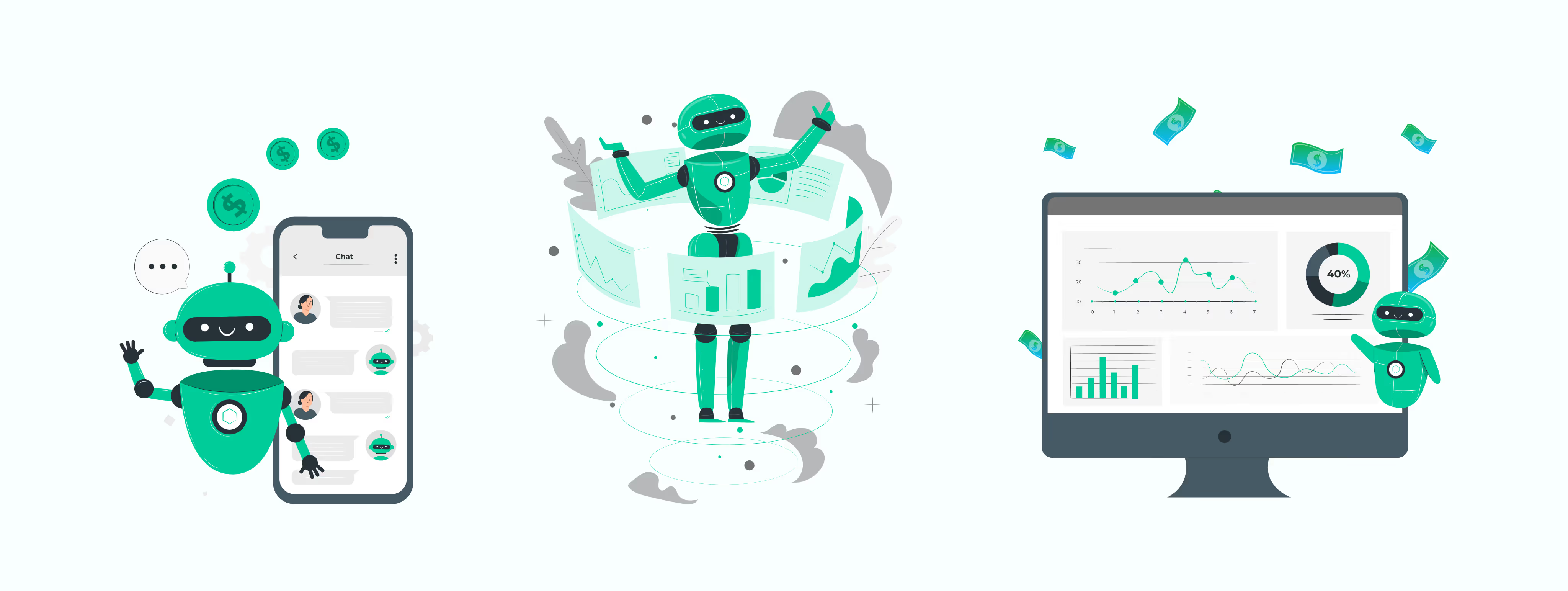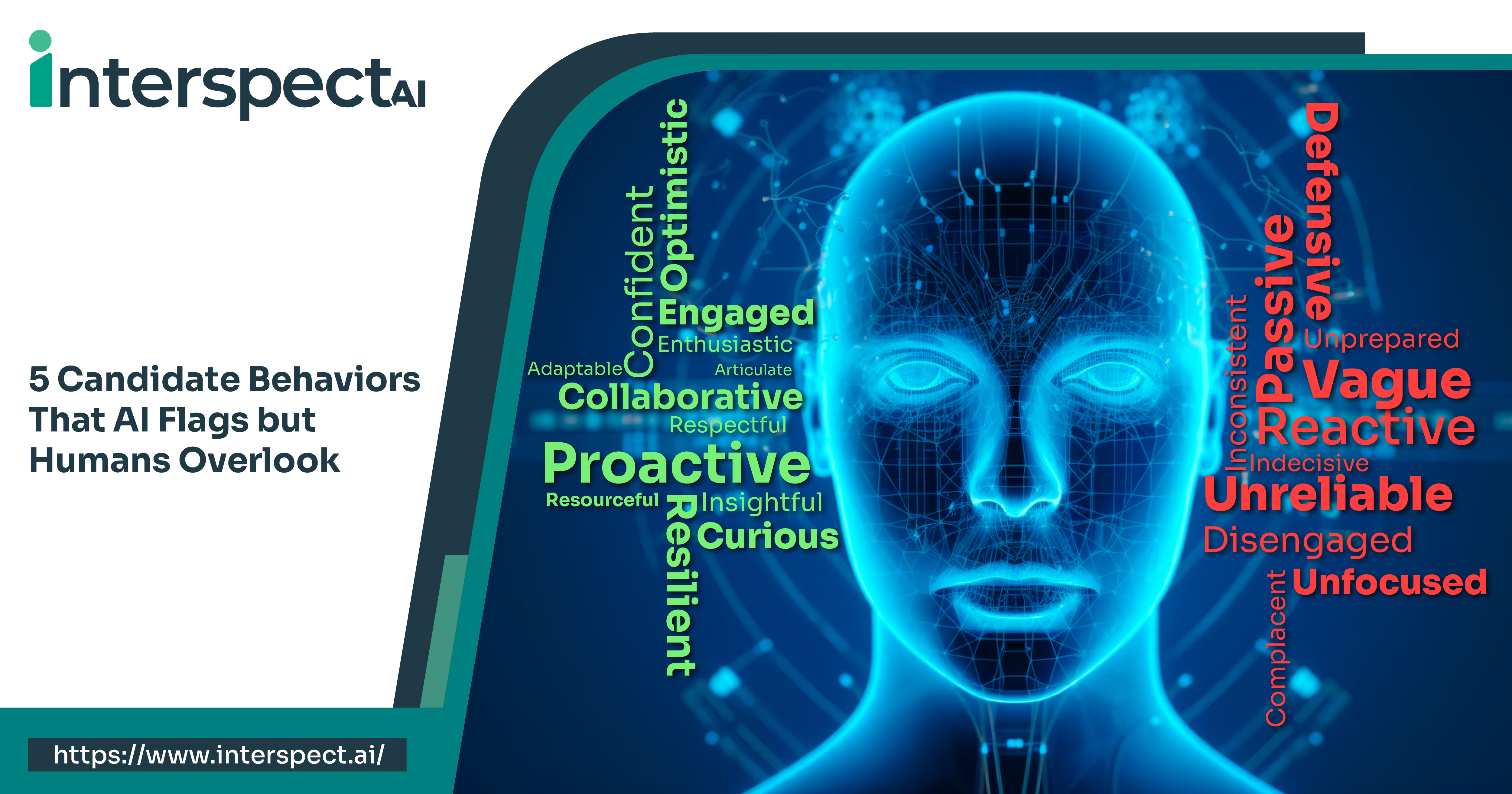Your Interviews Are a Data Goldmine – It's Time to Start Digging



Think about all the critical interviews your company conducts in a week. Screening calls with candidates, in-depth user research sessions, customer feedback interviews, and candid exit interviews with departing employees.
Each one is a goldmine of information.
A critical insight from a frustrated user, a brilliant product idea from a new hire, or a recurring complaint that signals a market shift.
Now, where do all those insights go?
If you’re like most companies, they disappear. They’re trapped in scattered notes, siloed in department-specific software, or lost entirely the moment the interview ends.
Your company's collective intelligence is unstructured, unsearchable, and untapped. It's dark data.
It’s time to stop treating interviews as fleeting moments and start treating them as your most valuable data asset with Spectra.
From Unstructured Voice to Searchable Data
For years, the first step in conversational intelligence was transcription. Turning voice into text was a giant leap forward, but it's no longer enough.
A folder full of transcripts is a slightly more organized version of the original problem. You still can't query it at scale.
You can't ask: "Show me every time a user mentioned a competitor in an interview this quarter."
The real breakthrough comes when you structure the context within the interview. This is where Spectra's AI agents come in.
AI agents don't just hear words; they understand the meaning behind them. They perform advanced voice data structuring during every interview, automatically tagging conversations with rich metadata:
- Entities: People, products, companies, and locations mentioned.
- Topics: Key themes discussed, like "pricing," "onboarding," or "customer support."
- Sentiment & Tone: The emotional undertone of the conversation—is the customer happy, frustrated, hesitant?
- Events: Key moments, like action items, decisions, or follow-ups.
With structured data like this, a 30-minute interview becomes a structured, queryable data object. In addition to being used by the business teams, the data can also be used to train the model and agents further, improving their capabilities and leading to a continuously improving experience.
Building Your Single Source of Truth: The Spectra Knowledge Graph
When you consistently capture and review conversations using Spectra, you're not just documenting interviews—you’re creating a rich repository of insights that can power smarter decisions across your organization.
Think of it as the first step toward building your own Interview Knowledge Graph: a connected, searchable ecosystem of qualitative data.
Each conversation recorded through Spectra becomes a data point, tied to topics, people, and sentiment. Once exported, this structured data can be fed into your existing BI tools, data warehouses, or CRM systems to create a dynamic knowledge base.
How Businesses Use Their Knowledge Graph with Spectra
By integrating Spectra’s outputs into their analytics workflows, organizations can surface cross-functional insights that were previously buried in transcripts.
- For Product Teams: Analyze user feedback to track feature mentions and sentiment trends across time.
- For HR & Talent: Investigate patterns in exit interviews or performance conversations by asking, “What themes are common among top-performing employees who left voluntarily?”
- For Market Researchers: Run large-scale customer interviews with Spectra, then use your tools to group insights and identify emerging themes—faster and at scale.
- For Sales Teams: Identify sales enablement opportunities by reviewing instances where key objections came up and tracking changes in rep confidence.
Best of all, this structured data isn't locked away. With Spectra's data extraction capabilities, it can be easily exported as a configurable JSON file and piped directly into your BI tools, data warehouses, or CRM, integrating the qualitative "why" with your quantitative "what."
Your First Steps to Building an Interview Hub
The idea of building a comprehensive knowledge graph can feel daunting, but it doesn’t have to be.
Here’s a practical way to begin.
- Start with One High-Value Interview Type: Select one area where insights are consistently lost. Is it user research interviews? Candidate screening calls? Start there. This focus enables you to demonstrate value quickly in a controlled environment.
- Define Your Key Questions: Before conducting the first interview with Spectra, ask your team: "What are the 3-5 critical insights we need to track?" These could be competitor mentions for a product team or reasons for leaving for an HR team. This defines the initial structure of your data.
- Pilot with a Single Team: Empower one team to be your champion. Let them use Spectra to build their mini-knowledge hub. As they start sharing powerful, data-backed insights they couldn't access before, other departments will naturally want to follow suit.
Building an interview hub is an iterative process. Start small, show value, and scale from there.
From Interviews to Intelligence
Building an interview hub transforms isolated conversations into your company's most valuable, searchable asset.
By structuring interview data with AI agents, you move from simply listening to actively learning. Every conversation makes your organization smarter, shaping product roadmaps with direct user feedback and informing talent strategies with real-time sentiment.
The most innovative companies don't just listen—they learn. Are you ready to unlock the data hidden in your conversations?
Subscribe to The InterspectAI Blog


%201.svg)






